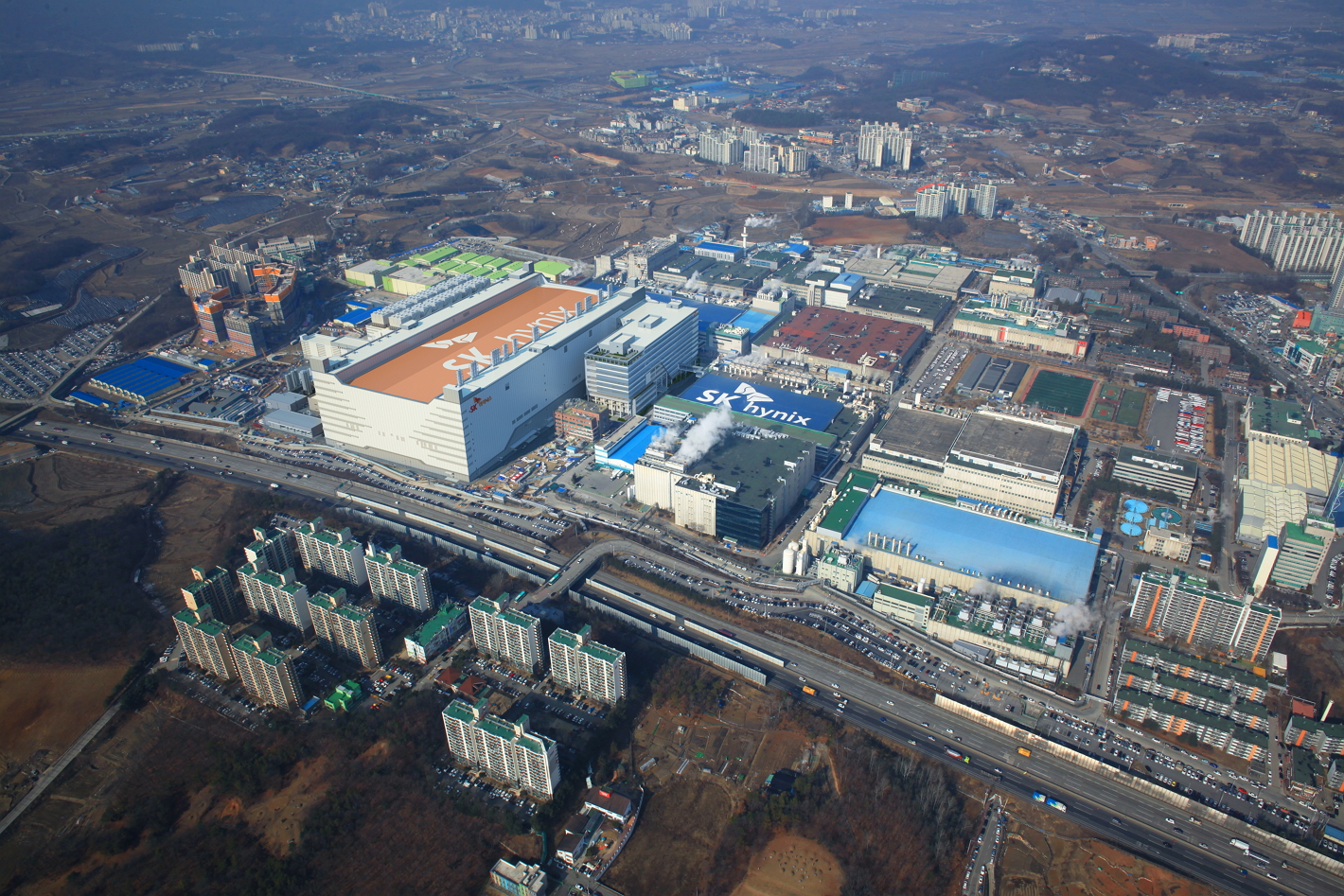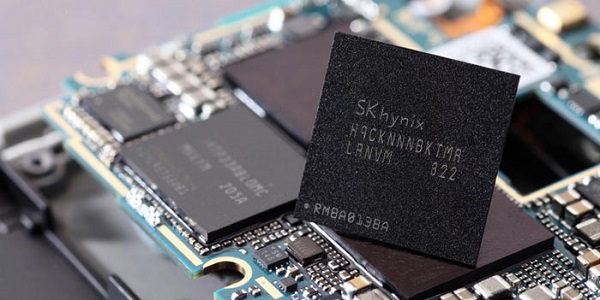According to industry sources, SK Hynix will start to produce 36-layer 3D NAND flash memory chips at a monthly capacity of 30,000 wafers sometime in the second half. The chip maker is also spurring its efforts to produce 48-layer NAND flash technology.
3D NAND flash memory chips are key technology building blocks for SSDs, or solid state drivers, a concentration of 2D planar or 3D NAND flash memory chips on a tiny circuit board. As data center server vendors are replacing current HDDS with SDDs in high volume as a main data storage device, demand for 3D NAND flash memory chips is rising. The growing availability of USB type portable SSDs is also fueling demand for 3D NAND flash memory chips.

Compared with planar 2D NAND flash memory chips that store data in the conductive floating gate, 3D NAND flash memory chips keep data in nob-conductive charged trap layers that are vertically stacked one layer over one layer.
The vertically-stacked 3D cell structure translates into big gains in the data writing performances, energy efficiency, reliability, and costs. For example, the 3D NNAD flash memory chips can stack more of memory cells in a given silicon footprint than planar 2D counterparts, enabling chip makers to lower bit costs and then produce them at lower costs in theory. They also boast two to ten times more reliability, while writing data two times faster. Thus, 3D NAND flash memory chips are technology enablers that will speed up displacements of HDD with SSDs. HDDs are still far cheaper and more reliable, but it is a matter of time before SSDs outperform HDDs in the price and performance factor, because SSDs are far faster in reading and writing data. They are also energy efficient, consuming less power. The lower power consumption is what mainly lures data center server vendors to turn to SDDs discarding HDDs, as data center operators are struggling to find ways to reduce electricity bills. A collection of CPUs and memory chips, data centers are power-guzzlers.
This helps explain why global top-tier memory chip makers are rushing to produce 3D NAND flash memory chips. Samsung Electronics is now the only chip maker that produces 3D NAND flash memory chips in high volume.

To catch up with Samsung, Toshiba and San Disk is scheduled to start mass-production of the 3D NAND flash memory chips sometime in the second half. SK Hynix will join the list turning up heats in the competition.
As data traffic is exploding now on the proliferation of video-based social media networks and 4K and 3D video contents, data centers are mushrooming across the world to accommodate the explosions

